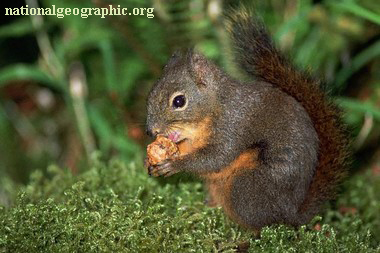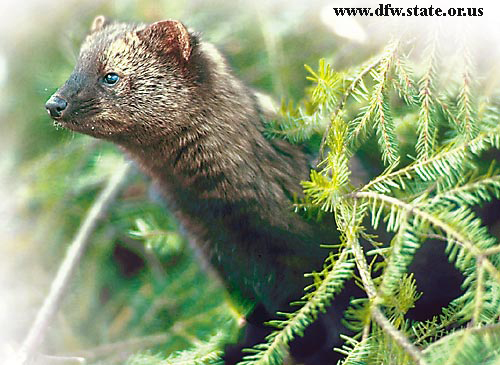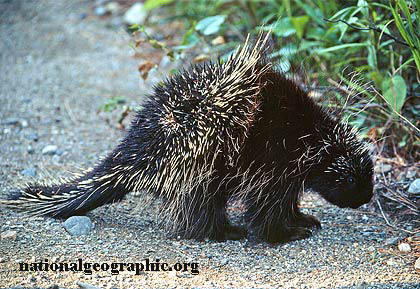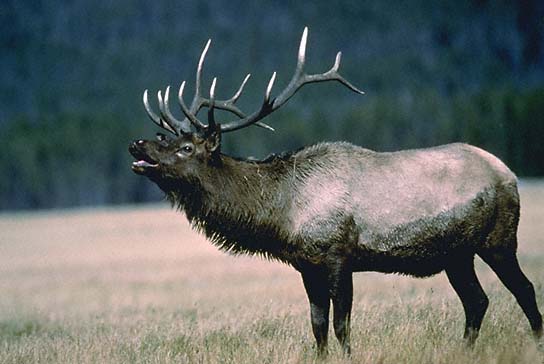Mammals Of the Redwood Forest
Mammals are characterized by having hair, milk, and giving birth to live young–among other characteristics.
Black Bear (Ursus americanus)
Black bears are omnivores. Most of their diet comes from plants but they occasionally dabble in the meats. They might enjoy small rodents that they come across while digging up roots to eat. In the summer and early fall they have to build up a big layer of fat to help them as they sleep through the winter. During hibernation, they do not eat. Some bears will go close to three months without food. Thier main job in the summer is to eat and get fat!
Black bears will stay away from humans under natural conditions. At Wolf Creek it is important to keep any smelly substances (food, toothpaste, etc.) out of your cabin so a bear is not tempted to try to break in and get it!
Chickaree (Tamiasciurus douglasii)
Listen carefully on your walks in the redwoods for a harsh chatter. This scolding call is most likely coming from the little Douglas squirrel who most likely does not appreciate that fact that you are walking through their territory. By making this call they are warning their relatives and friends that an intruder is near by as well as warning you that they know you are around.
Fisher (Martes pennanti)
Fishers are vicious hunters, and while rabbits are their primary prey, they are one of the few animals able to effectively hunt porcupines. They circle their prickly prey, repeatedly biting and clawing them on the face until (after a half an hour or more) the porcupine collapses. The fisher finally flips the porcupine onto its back to access its soft (and spine free) belly.
Fishers are uncommon in the redwood forests of Northern California. But, on close observation and a little luck, may be sighted. Other members of the weasel family in the redwoods include both striped and spotted skunks, as well as river otters along the coast.
Porcupine (Erethizon dorsatum)
This unique rodent has modified hairs that form a special protection against almost all prey. These hairs are a special adaptation that help these slow moving critters survive. When approached by a predator they back themselves into a corner and puff the hairs out forming an instant barrier of sharp barbs that no carnivore wants a part of. Ingenious!
Elk or Wapiti (Cervus elaphus)
Elk are one of the unique mammals you will most likely see at Wolf Creek. There is a large population of Roosevelt Elk in the park On the meadow walk there is a good chance you will see this beautiful creature, along with its cousin the deer. The males, or bulls, have the large antlers and could be dangerous if approached.





